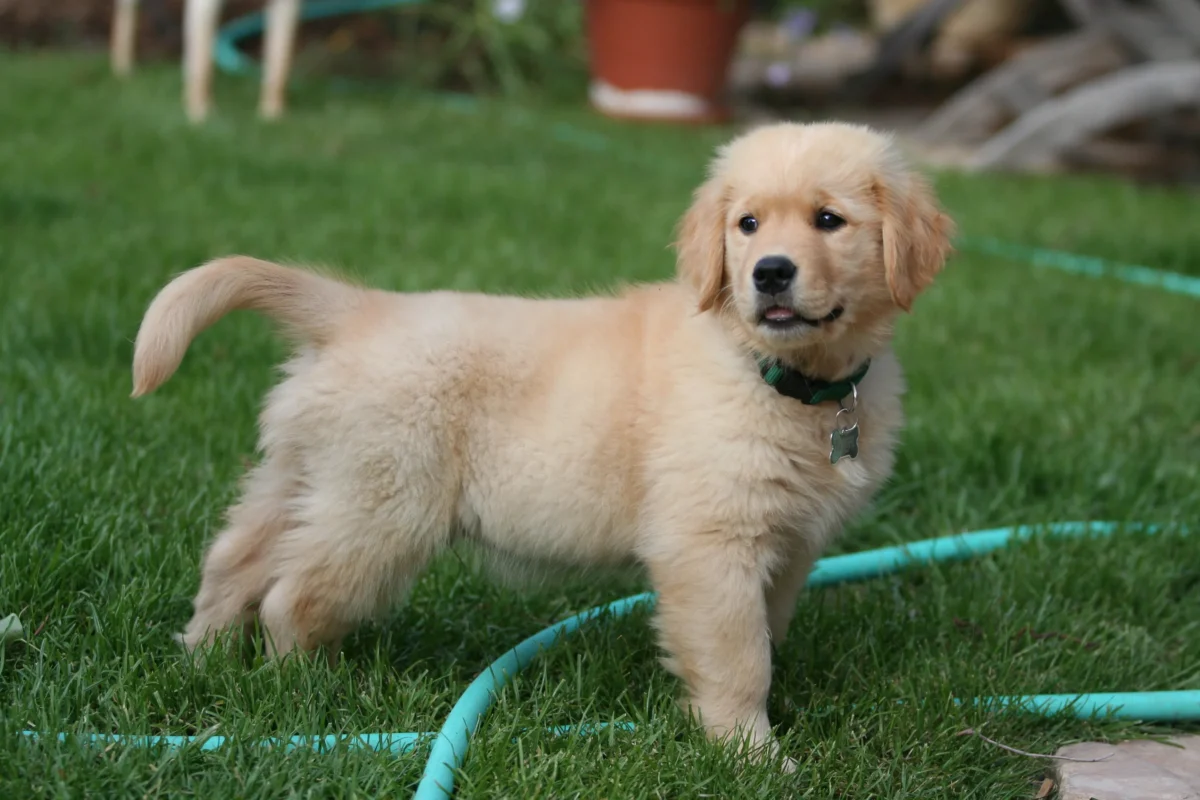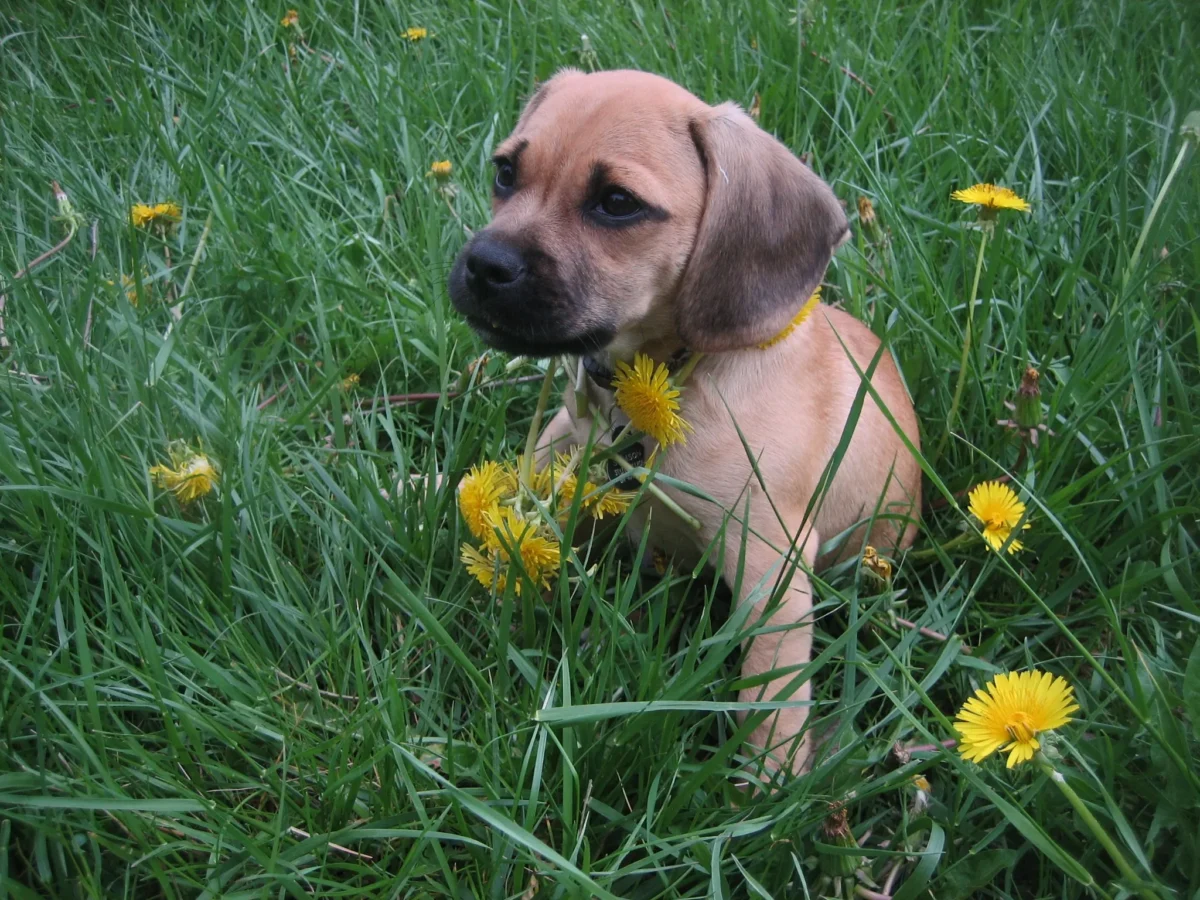Many pet owners are concerned about their furry friends when they begin cancer treatment. One of the most common questions is, “Do dogs lose hair with chemo?” The answer is not a simple one, as there are many factors that come into play. In this article, we will explore the relationship between cancer treatment and pet hair loss.
What Is Chemo & How Does It Works?
Chemotherapy is a type of cancer treatment that uses drugs to kill cancer cells. The drugs are usually given intravenously (through a vein), but they can also be taken orally. Chemotherapy works by damaging the DNA of cancer cells, which prevents them from growing and dividing.
While chemotherapy can be an effective treatment for cancer, it often has side effects. One of the most common side effects is hair loss. This is because chemotherapy drugs damage not only cancer cells but also healthy cells. Hair follicles are particularly sensitive to the toxic effects of chemotherapy drugs, which is why hair loss is such a common side effect of this type of treatment.
How Does Cancer Treatment Affect Pets?
While chemotherapy and radiation are life-saving treatments for cancer, they can also take a toll on pets. Unfortunately, many pet owners are not aware of the potential side effects of these treatments until it is too late. Chemo can cause vomiting, diarrhea, and loss of appetite in pets, while radiation can cause skin irritation and hair loss. In addition, both treatments can make pets more susceptible to infections.
As a result, it is important for pet owners to closely monitor their animals during and after cancer treatment. If any problems arise, they should be sure to consult with their veterinarian as soon as possible. Chemotherapy can also lead to behavioral changes, such as increased anxiety and aggression. As a result, pet owners should be prepared to provide their furry friends with plenty of love and support during cancer treatment.
Can Dogs Lose Hair With Chemo?
While chemotherapy can cause hair loss in dogs, the good news is that this side effect is usually temporary. Most dogs will begin to regrow their hair within a few weeks of finishing treatment. In some cases, however, the hair may not grow back exactly as it was before. For example, some dogs may experience changes in coat color or texture. If your dog does lose hair during cancer treatment, there are a few things you can do to help them through it.
First, be sure to brush them regularly to help remove any loose hairs. You can also try using a humidifier in your home to help keep their skin and coat healthy. Finally, make sure to give them plenty of love and attention during this difficult time. With a little bit of care, your dog should be able to get through this tough time with minimal discomfort.
When Is Chemotherapy Recommended?
The decision to use chemotherapy to treat your dog’s cancer is one that you and your veterinarian will make together. Factors that will be considered include the type and stage of cancer, your dog’s overall health and age, and your own preferences. While chemotherapy can be an effective treatment for cancer, it does come with some risks, including nausea, hair loss, and fatigue. That’s why it’s important to discuss the risks and benefits of this treatment with your veterinarian before making a decision.
In general, chemotherapy is most effective when used in conjunction with surgery or radiation therapy. It is often recommended for dogs with aggressive forms of cancer that have spread to multiple organs. Chemotherapy can also be used as a palliative treatment to relieve symptoms and improve quality of life. If you decide to pursue chemotherapy for your dog, it is important to work with a veterinary oncologist who has experience in treating dogs. With their help, you can create a treatment plan
How Much Does Chemotherapy for Dogs Cost?
The cost of chemotherapy for dogs can vary depending on the type of cancer being treated, the stage of the disease, and the dog’s overall health. In general, chemotherapy treatments for dogs start at around $500 and can go up to $5,000 or more per month. Some pet insurance companies will cover the cost of chemotherapy, but many have strict limits on how much they will pay out for this type of treatment. As a result, it is important to check with your insurance company before starting treatment.
How To Care For Your Pet During Cancer Treatment?
When your dog has cancer, treatment can be a difficult time for both of you. Your dog may become less active and may lose its appetite. They may also experience side effects from the treatment, such as diarrhea, vomiting, and hair loss. As their owner, it’s important to do everything you can to make them comfortable and help them through this difficult time. Here are some tips on how to care for your dog during cancer treatment:
- Keep up with their normal routine as much as possible. This will help to keep them calm and relaxed.
- Make sure they get plenty of rest. Cancer treatment can be taxing on their body, so they need all the rest they can get.
- Feed them small meals more often. If they’re not eating much, breaking their food into smaller meals may help them to eat more.
- Avoid giving them table scraps. Some human foods can be harmful to dogs, so it’s best to stick to their regular diet.
- Keep an eye on their side effects and report any changes to your vet. This way, you can catch any problems early and get them the treatment they need.
By following these tips, you can help make the treatment process easier for both you and your dog.
Our Final Thoughts
Cancer treatment can be a difficult time for both you and your dog. However, with the proper care, your dog can get through this tough time and come out the other side healthy and happy. If you have any questions or concerns about cancer treatment for dogs, be sure to speak with your veterinarian. They will be able to help you create a treatment plan that is best for your dog’s individual needs.






